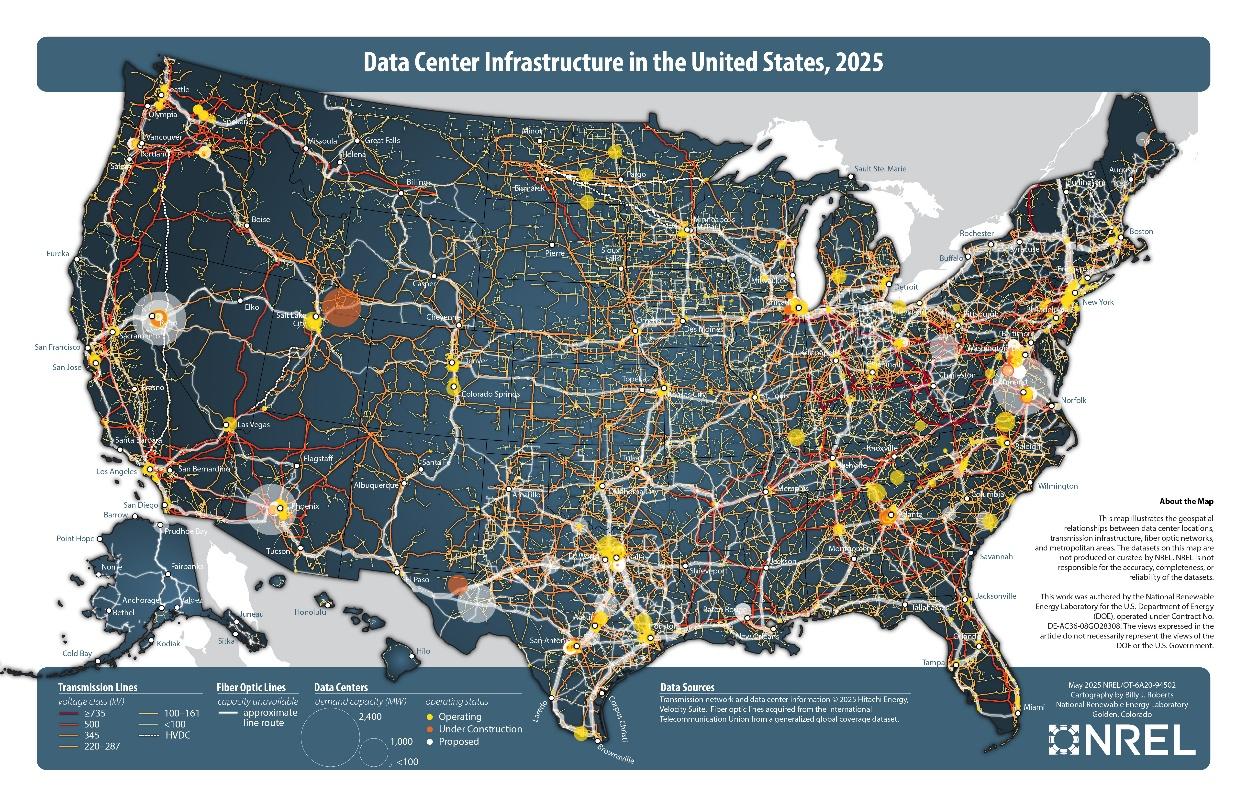
The U.S. Department of Energy (DOE) is moving to speed up grid connections for large AI datacenters, directing FERC to implement a 60-day review target for new connections over 20 MW. While this aims to keep the U.S. competitive in technology, it may have significant negative effects for homeowners nationwide.
Search your property today to stay aware of any potential negative impacts such as:
Higher Electric Bills: Utilities will likely pass on costs for new substations, transmission lines, and infrastructure upgrades required to support megawatt-hungry datacenters.
Reduced Grid Reliability: Large concentrated loads can increase the risk of brownouts or voltage drops, especially in residential areas.
Easements and Land Use Changes: New transmission corridors and substations may require eminent domain takings or expanded rights-of-way, potentially reducing nearby property values.
Noise and Vibration: Continuous operation of cooling systems and backup generators can cause windows to rattle, constant hums, and vibration, affecting quality of life.
Environmental Concerns: Backup generators and increased energy production can raise emissions and affect local air quality.
Limited Local Benefits: Despite massive energy consumption, datacenters create few permanent jobs and offer limited community investment.
The DOE’s push to fast-track AI datacenter grid connections may accelerate tech growth, but homeowners bear most of the costs, risks, and lifestyle impacts. Communities should be aware and advocate for strong planning, local input, and protective regulations.
Related Links: